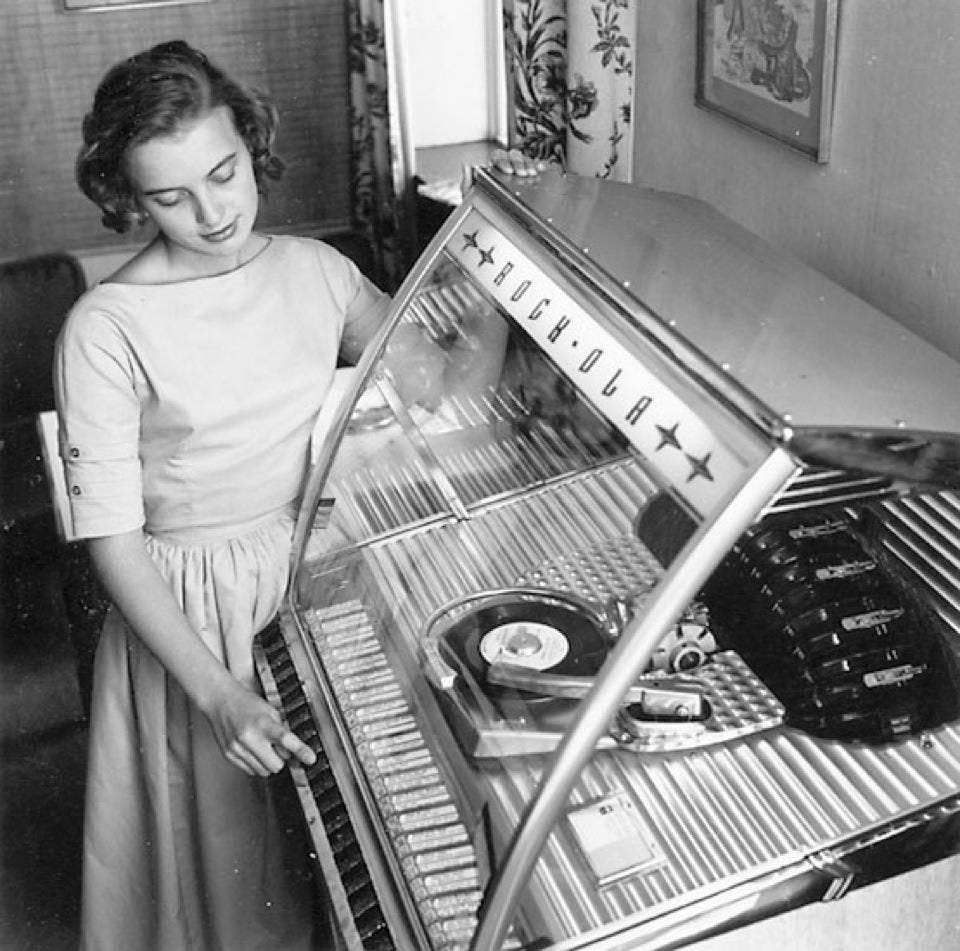Three questions about trade
In Part 2 of this essay, we saw how Hayek’s notion of decentralisation - made vivid in his argument for the denationalisation of money - is not the same as the radical decentralisation that is the hallmark of Web3 applications such as the cryptocurrency bitcoin and the Bitcoin network upon which it runs. Importantly, there is another difference between Hayekian decentralisation and the radical decentralisation of Web 3.0, for the latter not only goes beyond Hayek’s ideas on money, but beyond his example of money. Money, that is, is not the only thing that can be radically decentralised or disintermediated, and three developments that have occurred in blockchain technology since the invention of bitcoin in 2008 are particularly noteworthy in this respect.
We can understand these innovations, and how they are significant, by asking three questions:
how are the rules of trade enforced?
where is trade conducted?
what is traded?
For most of human history the answers to these questions have been broadly the same. Firstly, the rules of trade - that is, the laws and regulations governing trade in the broadest sense and, in the case of specific transactions, the conditions stipulated in contractual agreements - have largely been set down “on paper”, and enforced by a mixture of private and public intermediaries such as lawyers and the courts. Moreover, and with respect to our second question, trade has typically taken place in the physical realm of markets, shops, department stores, offices, stock exchanges, and other venues, where producers interact both with consumers and with other producers either directly or, in the vast majority of cases today, via intermediaries, of which resource extraction and processing entities, distribution and logistics firms, and retailers, are just a few examples. Finally, the products that are traded have typically been finished goods, services, and their numerous factors of production.
To be sure, the detail of the how, where, and what of trade has varied over the long course of history, most obviously when trading in one good or service has been permissible in one jurisdiction whilst in another it has not, or when what counts as permissible trade in a jurisdiction changes over time. But the core essentials have not changed. Trade has largely been conducted in the physical realm, on terms that are set down “on paper” in the form of laws, regulations, and contracts, and all of this via facilitating intermediaries and third parties.
Leaving our third question about what is traded until Part 4, in the rest of this month’s post we will look at our first two questions about the how (i.e., enforcement) and the where (or venues) of trade. In both cases we will see that the radically decentralised Web3 gives very different answers to those that have been traditionally given.
Smart contracts
The first innovation is in the enforcement of the legal and contractual rules governing trade. In contrast to paper contracts drawn up and overseen by lawyers, or certificates and qualifications authorised by public and private agencies, “smart contracts” are coded transaction protocols which automatically execute, control, and document the legal and other actions and events that must occur for the terms of an agreement to be fulfilled.
Most significantly, and similarly to bitcoin transactions, smart contracts are not only digital rather than physical in form, but are executed on decentralised, peer-to-peer and therefore permissionless blockchain networks. This means that, just as the radically decentralised nature of the Bitcoin network upon which bitcoin runs removes the need for an intermediary such as a central bank or a private bank to make decisions about the money supply, or to facilitate and authorise transfer of money from one account to another, so smart contracts remove the need for third-party intermediaries, or “middlemen”, to act as contractual validators, certifiers, overseers, and authorisers.
We may better understand what makes smart contracts “smart” by drawing an analogy with a jukebox or a vending machine. Just like a contract that is only honoured when its terms are met by both parties, jukeboxes and vending machines fulfil their side of the bargain by dispensing their contents only on condition that the right amount of money is put into the slot. But, crucially, their very automaticity - they are, after all, machines - sees to it that jukeboxes and vending machines may do this without the need for a third-party intermediary such as a DJ in the case of a jukebox, or a shopkeeper in the case of a vending machine:
It is in this sense that smart contracts function in a similar way to jukeboxes and vending machines. We will recall from Part 1 that




